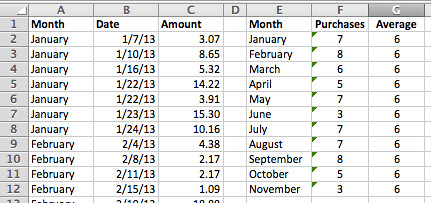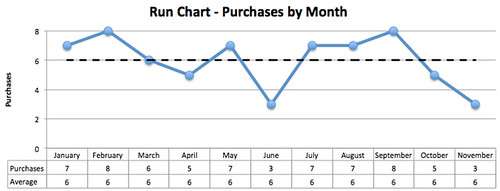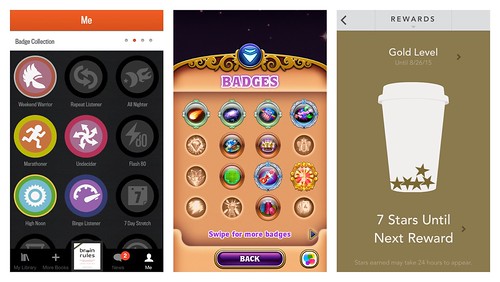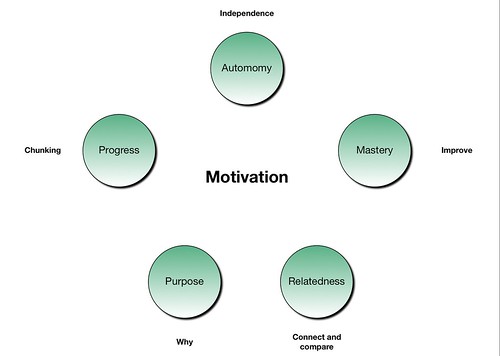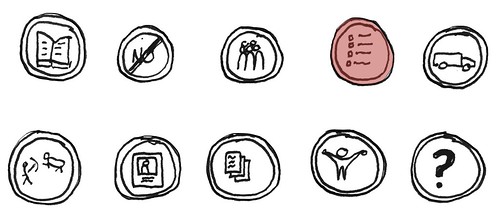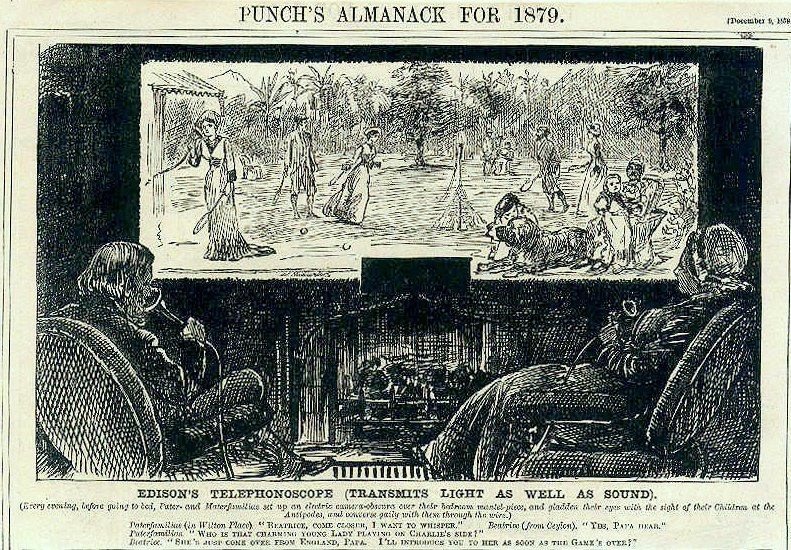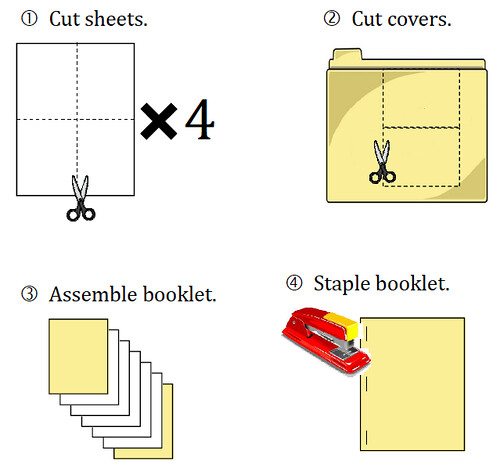If you want to attend the TED conference there are two challenges. First, the admission price is fairly expensive. Second, the tickets sell out fast.
TEDx
As TED talks have become more popular, the TED organization started licensing independently organized TED events identified with the letters "TEDx." TEDx events are usually smaller and locally organized events.I had the opportunity of attending a TEDx event sponsored by Henderson State University in Arkadelphia, Arkansas. I was quite excited to be able to attend a TED-related event, and the ticket price was inexpensive at $5.00 per person. Since I purchased tickets for my wife and me online, our name badges were waiting for us at the registration table when we arrived. We entered the classroom theater, dark and cool, and awaited the start of the program.
Speakers
TEDx Henderson State U featured three speakers. The first was a student who has been studying and photographing snakes for several years. Part of the TED experience is large, close-up graphics, and I can tell you there's nothing like large snake pictures to capture attention!The second speaker was a professor of economics from the university. His talk centered around coffee and how charity coffee programs, such as Fair Trade Coffee, do not really result in the economic benefit to coffee growers as expected. His advice? Drink the coffee you like.
The third speaker was a local entrepreneur who accomplished her goals despite a number of overwhelming hardships. She encouraged others to pursue their goals.
Between each of these live presentations, a recorded TED talk was inserted.
The concept of TED, to share ideas and new ways of thinking, is an great exchange, and TEDx continues that traditional by bringing communities together to think about new world views and discuss similar and differing opinions.
If you have an opportunity to attend a TEDx event, I encourage you to take advantage of the opportunity.
If you found this post helpful, please comment below and share on Facebook.






